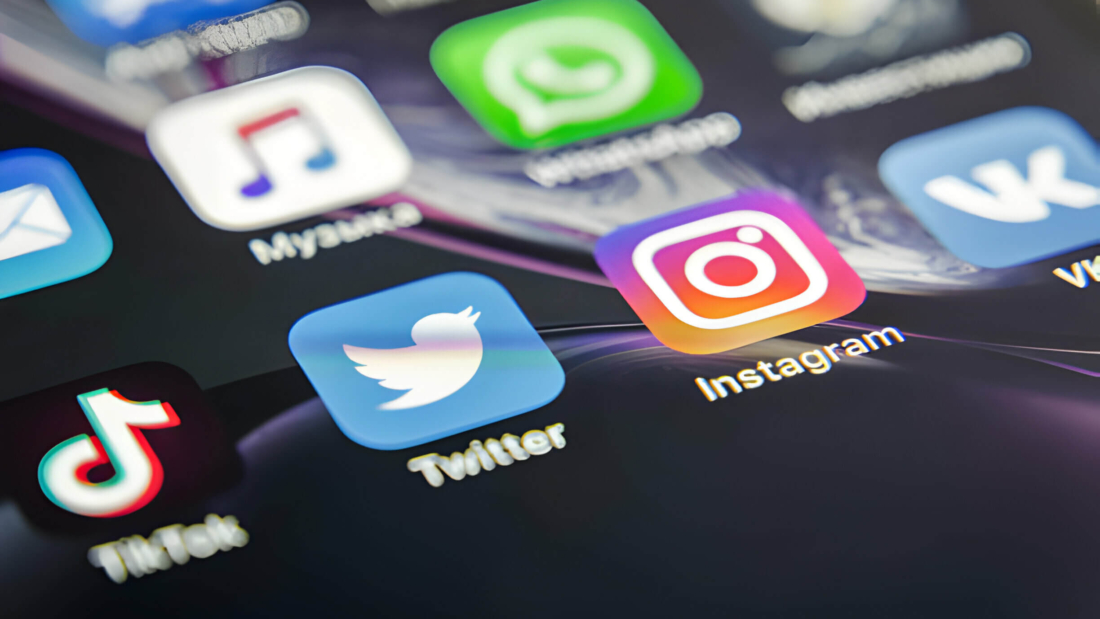In today’s digital landscape, capturing and retaining your audience’s attention is more challenging than ever. Interactive content emerges as a powerful solution, not only for engaging users but also for boosting conversions. This comprehensive guide will walk you through the strategies, formats, and optimization techniques to make your interactive content not only engaging but also SEO-friendly.
Why Interactive Content?
1. Increased Engagement: Interactive content, such as quizzes, polls, and surveys, creates a two-way conversation, keeping your audience actively involved.
2. Personalization Matters: Tailor your content to individual preferences, providing a personalized experience that resonates with your audience.
3. Dwell Time Boost: Interactive content often leads to longer periods spent on your site, signaling search engines that your content is valuable and relevant.
Choosing the Right Interactive Formats:
1. Quizzes and Surveys: Engage your audience by creating quizzes related to your products or industry. Use surveys to gather valuable insights for further customization.
2. Interactive Infographics: Transform static information into dynamic, interactive visuals to enhance user understanding and interaction.
3. Calculators and Tools: Build calculators or interactive tools relevant to your niche, offering utility and value to your audience.
Optimizing for SEO:
1. Keyword Integration: Incorporate relevant keywords naturally within your interactive content to enhance its discoverability.
2. Mobile Optimization: Ensure seamless user experience across devices, as Google prioritizes mobile-friendly content.
3. Speed Matters: Optimize loading times for your interactive elements to prevent user frustration and improve SEO rankings.
4. Multimedia Integration: Combine text with multimedia elements to create a rich and diverse user experience that appeals to search engine algorithms.
Promoting Interactive Content:
1. Social Media Campaigns: Leverage your interactive content on social platforms to broaden its reach and drive traffic back to your site.
2. Email Marketing: Incorporate snippets or links to your interactive content in your email campaigns to keep your audience engaged.
3. Influencer Collaborations: Partner with influencers to promote your interactive content, reaching new audiences and building credibility.
Measuring Success:
1. Analytics Tracking: Utilize tools like Google Analytics to monitor user interaction, time spent, and conversion rates related to your interactive content.
2. Iterative Improvement: Based on analytics, continuously refine and update your interactive content to maintain relevance and effectiveness.
Conclusion: Incorporating interactive content into your strategy can revolutionize customer engagement and drive conversions. By optimizing for SEO and leveraging various promotion channels, you can ensure your interactive content stands out in the competitive online landscape.










